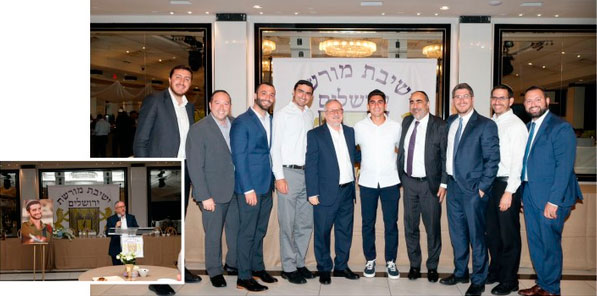Karen Behfar
Autumn is just around the corner. The days are getting shorter and the temperature is getting a bit cooler. Before the autumn season starts, it would be best to prepare your home for the cold weather.
A couple of months ago, we published an article providing an important home maintenance summer checklist. We figured it would be a great idea to write an article on the most important autumn home maintenance tasks.
Making sure that your home is ready for the coming cold months will give you peace of mind that your home will be able to provide a secure shelter for you and your family. Here are some important maintenance tasks to prepare for autumn.
Fertilize Your Garden
Before it starts getting cold, give your garden some nourishment.
Seal Air Leaks
Sealing your home’s windows and doors can make a huge difference in keeping the chilly air out. You may roll a self-adhesive weatherstripping down the side of your windows and door or even install a door sweep to prevent drafts from coming into your home.
Clean Gutters and Downspouts
Regular cleaning of gutters and downspouts prevents clogs, which can cause a roof to leak or water to get into your house.
Check the Roof
Your roof should be inspected either by you or by a professional at least every three to four years. Doing so may uncover signs of possible problems. Having regular roof inspections will give you a chance to repair what is needed before it gets chilly.
Ready Your Chimney
Since the cold season will soon begin, it would be advisable to hire a professional to check on the flue, firebox, and damper.
Keep Firewood Dry
Firewood should be stacked under a cover until you are ready to burn it. Take note that insects and rodents like to make themselves at home near woodpiles, so it would be best to keep your firewood at least 10 meters away from your home.
Check Smoke Alarms and Carbon Monoxide Detectors
Smoke detectors should be tested once a month and the batteries should be changed at least once a year. If your smoke detector is more than 10 years old, then it would be best to have it replaced.
Check the HVAC
Hire a professional to service your furnace and ductwork. Make sure that ducts and vents are unobstructed and in good working condition.
Clean the Dryer Vent
Clothes dryers cause more than 3,000 fires every year! Make sure that lint is removed from your dryer vent. Inspect it well because a blocked vent makes your dryer work too hard to get your clothes dry.
Flush the Hot Water Out of the Water Heater
Flushing the hot water out of the water heater will help remove the sediments that have accumulated over time, thereby preventing your appliances from getting destroyed.
Turn Off Exterior Faucets
When the climate is colder, water left in exterior pipes can freeze and then cause the pipes to burst. Before autumn comes with its accompanying colder weather, drain and disconnect garden hoses. Although usually found inside the house, if your faucet’s shutoff valve is outside, you should also turn it off. You may also use insulated faucet covers.











